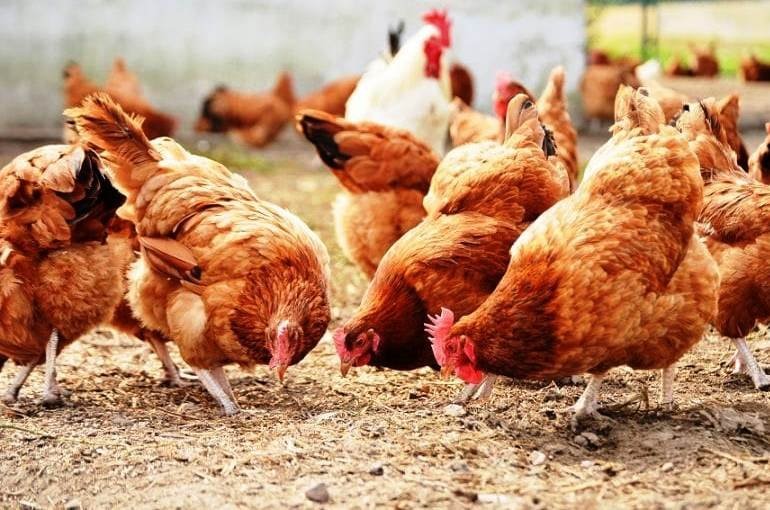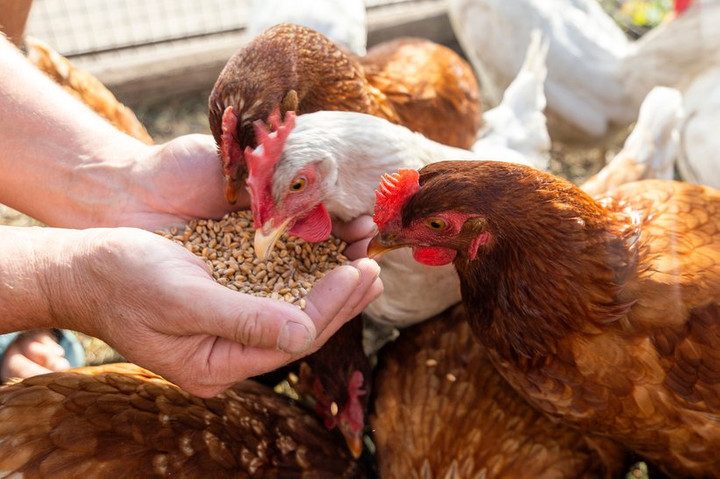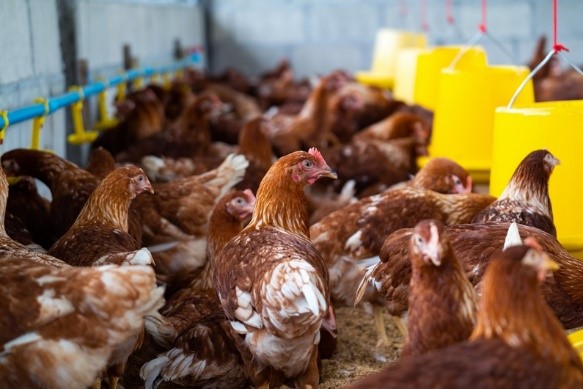Chickens have asthma and difficulty breathing when the seasons change? Here’s the most effective way to control it! Causes, treatment difficulties & a radical solution in 3 simple steps.
Chicken wheezing is a common syndrome in the process of raising chickens for households and chicken farms. This syndrome is common in chickens of all ages and causes great damage to farmers. Let’s find secret to control “asthma” in chickens during seasonal changes and weather changes.
I. THE REASONS CHICKENS EASILY GET ASTHMA WHEN THE WEATHER TURNED COLD
When the weather changes, especially in the cold season, respiratory diseases and difficulty breathing in chickens become common, greatly affecting their health and productivity.

The main causes come from the following factors:
– Sudden climate change: sharp drop in temperature, large temperature difference between day and night makes chickens susceptible to stress and reduced resistance.
– Increased toxic emissions: Closed barns, poor air circulation, high livestock density, so the amount of toxic gases such as ammonia (NH₃), H₂S in the barn increases.
– Increased pathogen pressure: High stocking density, raising many ages in the same farm creates conditions for complex respiratory diseases to develop such as CRD, ORT, ILT, IB, ND, etc.
II. THE DIFFICULTIES IN CONTROL AND TREATMENT OF ASTHMA IN CHICKENS
1. You confuse wheezing with ”asthma” in chickens
When chickens show respiratory symptoms such as difficulty breathing, asthma, and wheezing, farmers often think that it is “asthma” in chickens. In fact, asthma is just a common symptom of many different respiratory diseases in chickens such as IB, CRD, ORT, etc.
Therefore, if we only rely on symptoms such as shortness of breath, asthma, and wheezing to diagnose the disease, it is easy to make mistakes, leading to incorrect treatment regimens, making treatment ineffective, prolonging the time, wasting money, and increasing the risk of developing many diseases.
2. Not focusing on managing the microclimate of the barn
In fact, when chickens have respiratory diseases, farms often focus on using drugs to treat them without paying attention to the risk factors around the farm. Polluted air in the barn, poor air circulation, and the presence of pathogens in large barns make respiratory diseases increasingly serious, spread quickly, and treatment is ineffective.
Therefore, treatment and handling of the disease need to be done in parallel in 2 steps, using medicine to kill pathogens inside the animal’s body and performing spraying of disinfectants, improving the quality of the barn air by creating ventilation, spraying herbal essential oils, etc.

3. Using the wrong treatment regimen
Respiratory diseases often have many similar clinical symptoms such as asthma, wheezing, difficulty breathing, etc., so the disease is often diagnosed incorrectly, easily confusing diseases caused by viruses and bacteria, leading to the wrong use of antibiotics for each disease, and incorrect treatment regimens.
Therefore, in addition to the external clinical symptoms, we need to perform an autopsy to determine the characteristic lesions of each disease combined with laboratory diagnosis. From there, we can accurately diagnose the disease and provide a reasonable treatment regimen to help the treatment be highly effective.
III. EFFECTIVE ASTHMA CONTROL MEASURES
Prevent pathogens from the outside environment with the following 3 simple and effective steps:
Step 1: Cleaning – Disinfection
– Clean the barn, ensure ventilation by using upside down tarpaulin, increase fans, avoid covering the barn too tightly so that air cannot circulate.
– Use BIOFARM product sprinkled on rice husk base
– Periodically spray disinfectant on the barn with DEXON SUPER or IONDIN @
Step 2: Vaccine – Antibiotics For Disease Prevention
During the transitional season, when the weather changes, chickens are very susceptible to pathogens due to their bodies’ reduced resistance. Therefore, farmers need to fully vaccinate chickens with important vaccines (ND; IB; ILT; etc.) according to the company’s recommended schedule or adjust based on the epidemiological situation at the farm.
Periodically use antibiotics DIMOXAN WS or BIOCILLIN 200 WS for the control of bacterial respiratory diseases, causing Coryza, CRD, CCRD, ORT.

Step 3: Supplement And Improve Resistance For Animals
You use tonics and stimulants to improve the effectiveness of feed such as: Vitamins, electrolytes, liver and kidney detoxification combined with digestive enzymes.
+ Use ELECTROMIX WS and VITAHERB products to increase strength, provide electrolytes and supplement vitamins for chickens.
+ Use INTERTONIC ORAL or HEPASOL ORAL to detoxify and enhance liver and kidney function for chickens.
+ Use TRISPRO or FIZYMLUS digestive enzymes to supplement live yeast to help increase digestion and reduce barn odor.
Through the above knowledge, farmers can take advantage of tips to improve their animal care skills, as well as control chicken asthma when the weather changes, protecting their health.
